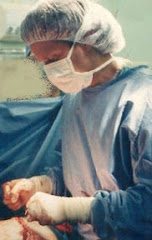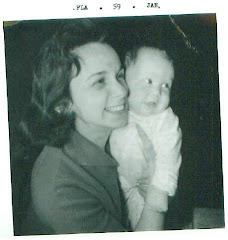
"Learning how to practice medicine is not easy. There is a tremendous amount of information thrown at us. I am constantly balancing medical school coursework, exciting extracurricular experiences that enrich my learning and prepare me for residency applications, and personal relationships that keep me grounded. At times, though, it feels like I'm running out of energy and that too much is being asked of me. This feeling is not unique to medical trainees. Anyone developing a skill or portfolio at the beginning of their career works exceedingly hard to develop mastery of their craft, and that often takes a toll." - Nihar Rama
Reflecting on the reflection I recognize the toll that medicine and medical education took on my and my colleagues. We have become fried by the system, unable to stay grounded, tossed by the ocean of change and stresses upon us through many unnecessary discomforts.
Dr. Lisa Rosenbaum, in the New England Journal of Medicine, writes of the tensions between the rigor of medical training and how many trainees are pushing back against the demands of the profession. She writes,
"…Maintaining our commitment to excellence while remedying our failures requires distinguishing unnecessary harms from necessary discomforts."
My generation of clinicians has been unnecessarily harmed, in irreversible ways. I've always hoped that the new generation can reverse this phenomenon in order to help recreate the system that has become sick-care in the United States and beyond.
There needs to be much less "unnecessary harms" to save the system from completely drowning in and upon itself.




